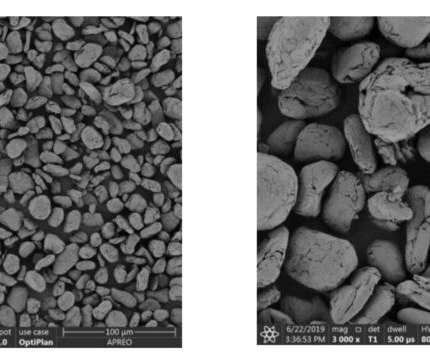PNNL: single-crystal nickel-rich cathode holds promise for next-generation Li-ion batteries
Green Car Congress
DECEMBER 11, 2020
High-energy nickel (Ni)–rich cathode will play a key role in advanced lithium (Li)–ion batteries, but it suffers from moisture sensitivity, side reactions, and gas generation. Researchers are working on ways to store more energy in the cathode materials by increasing nickel content. —Bi et al.






























Let's personalize your content